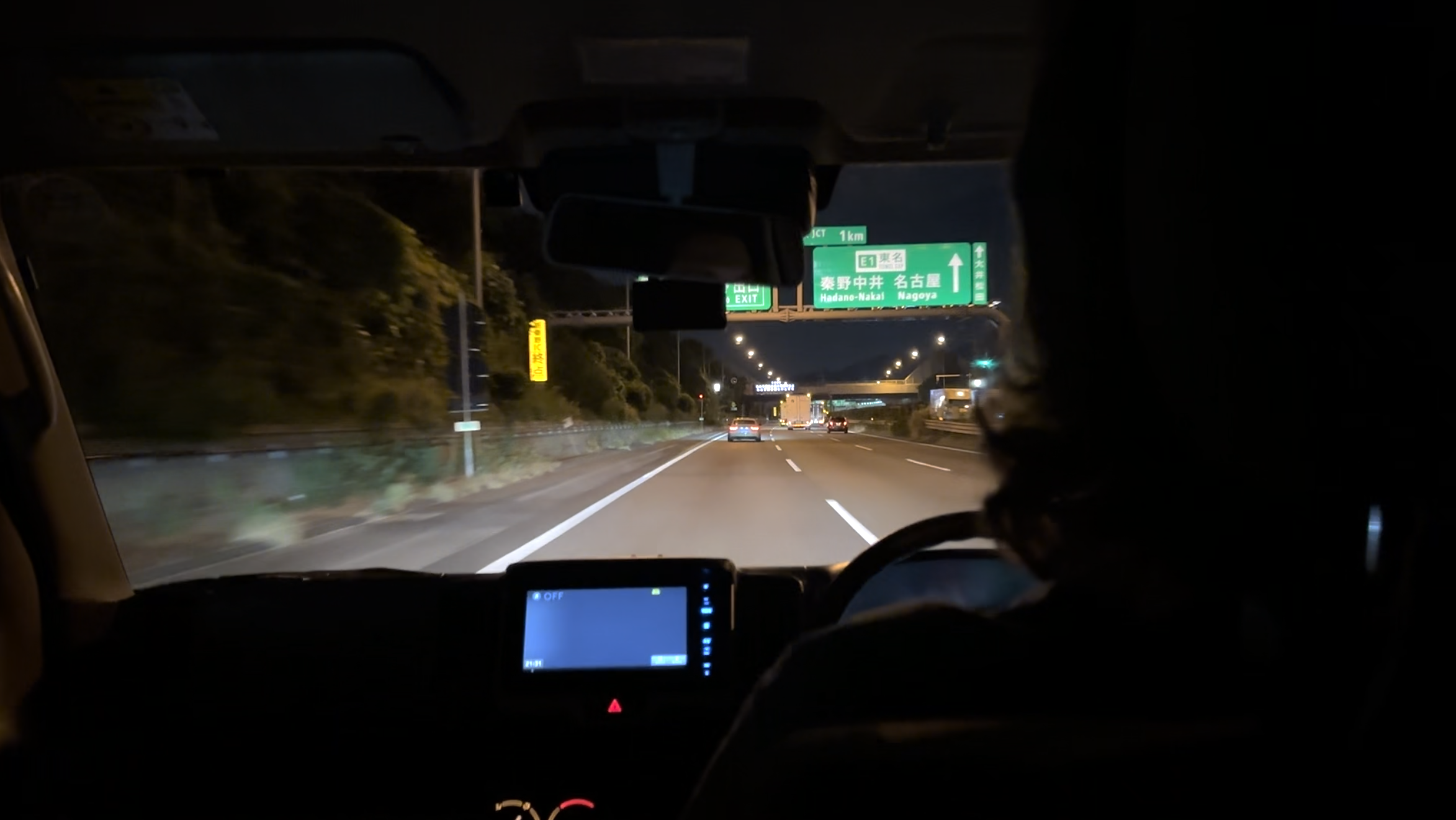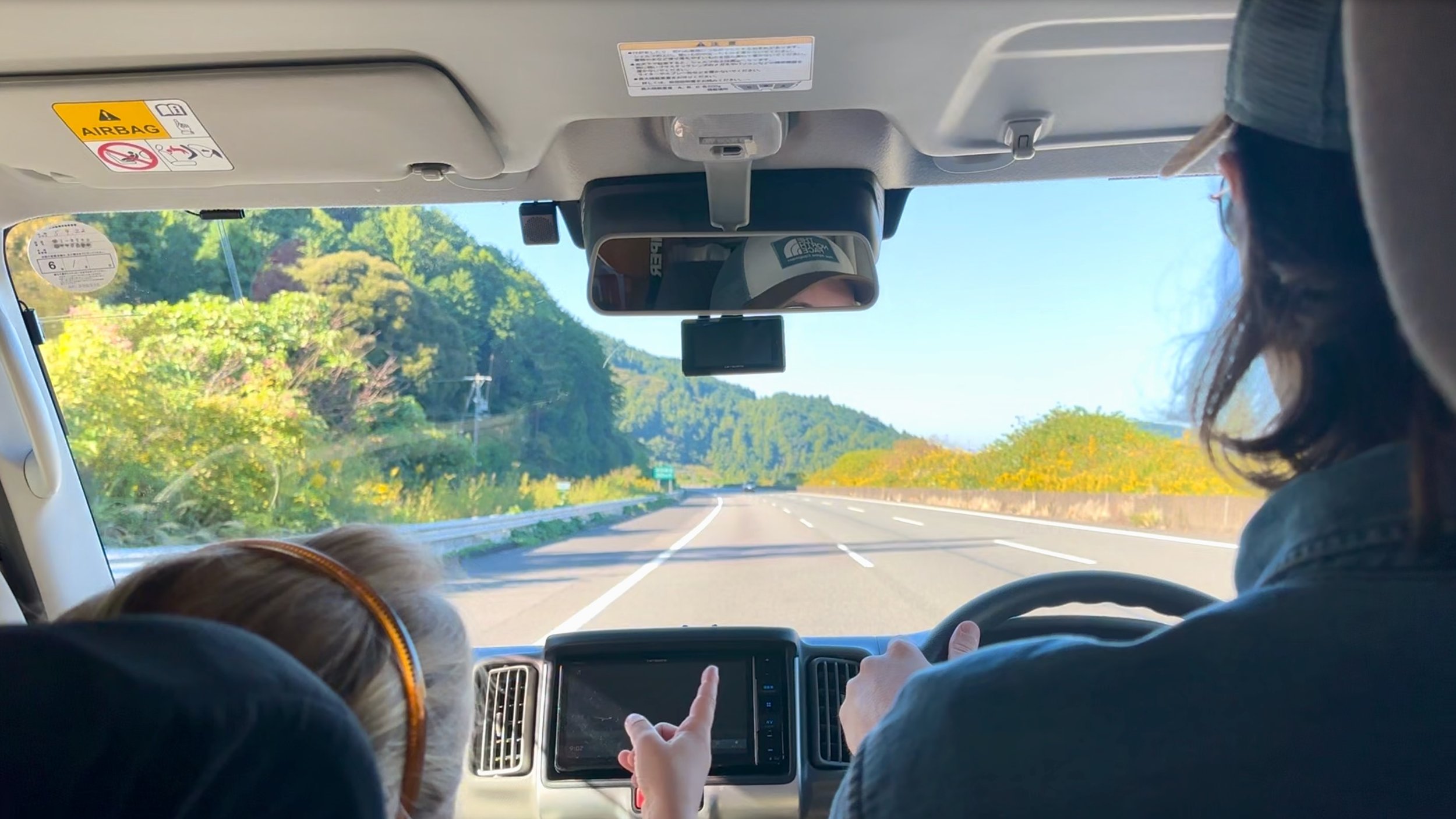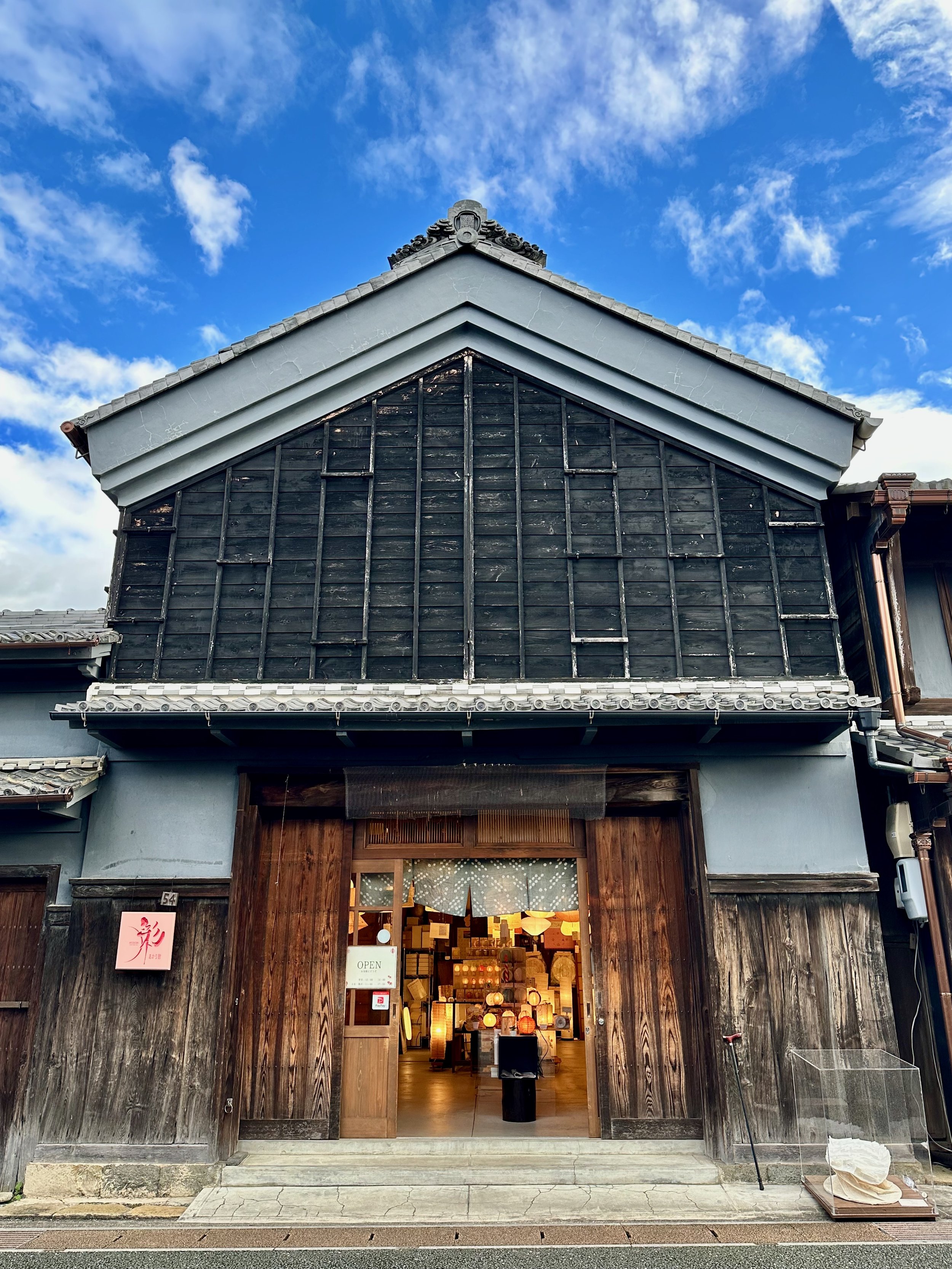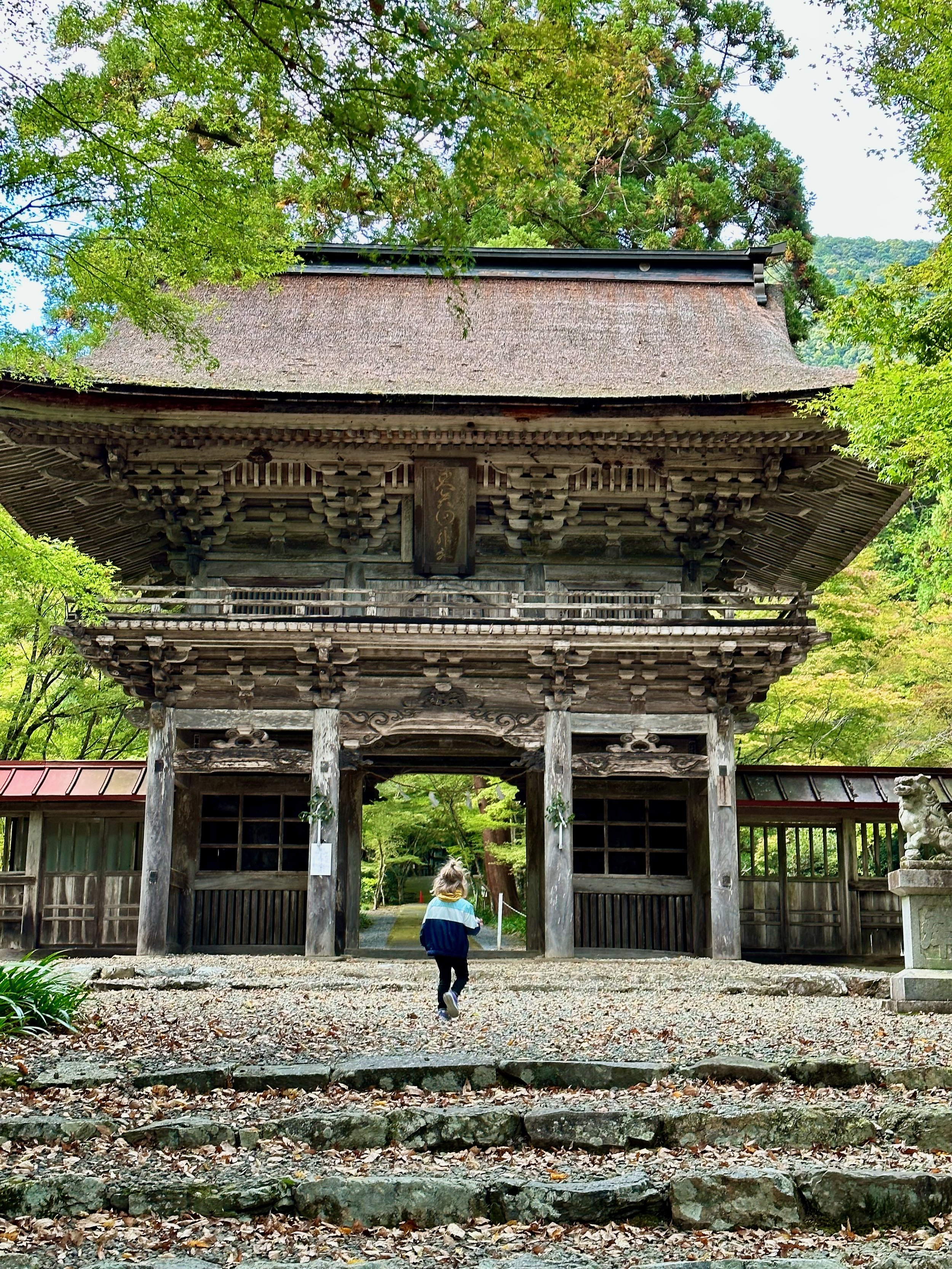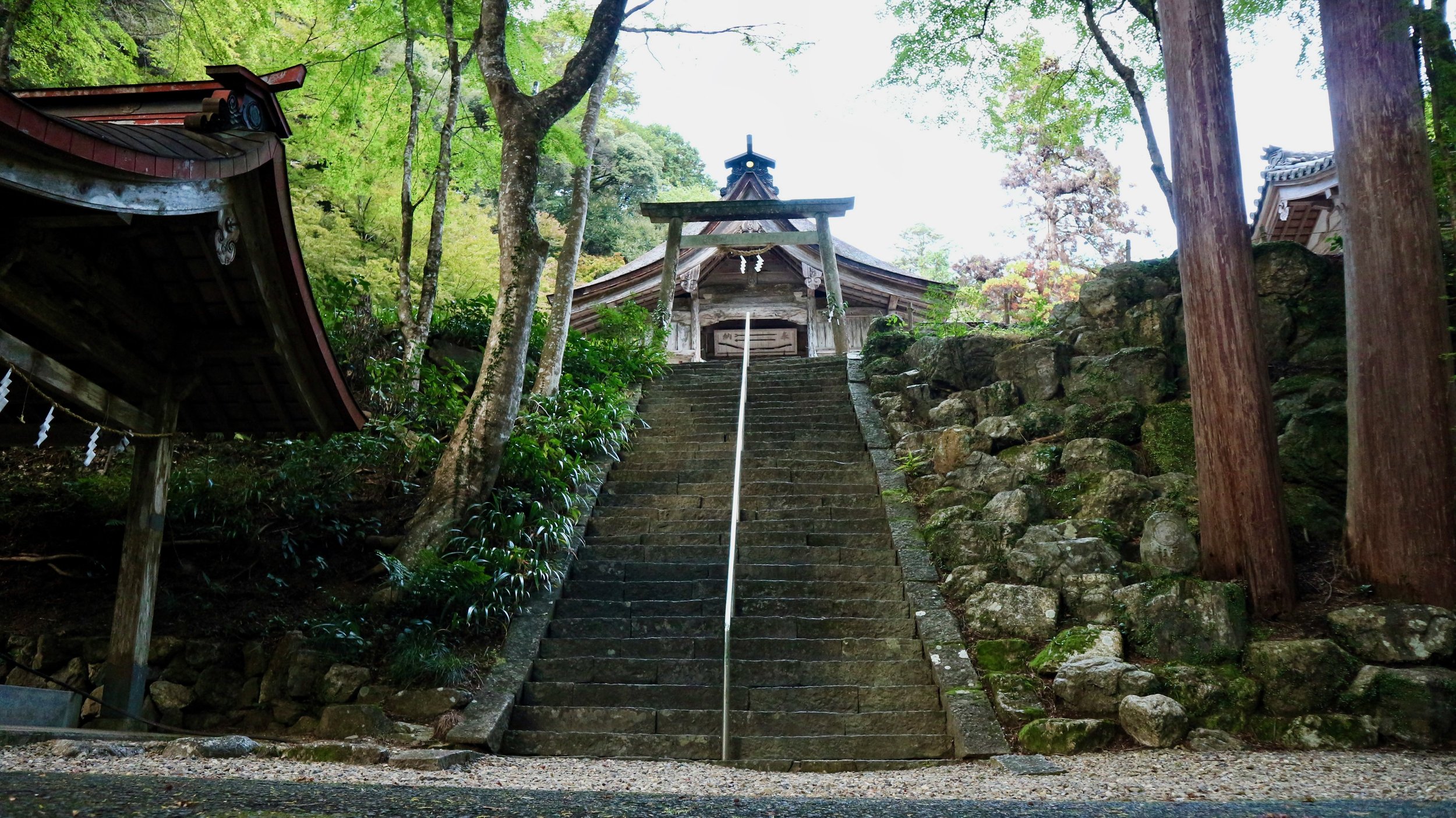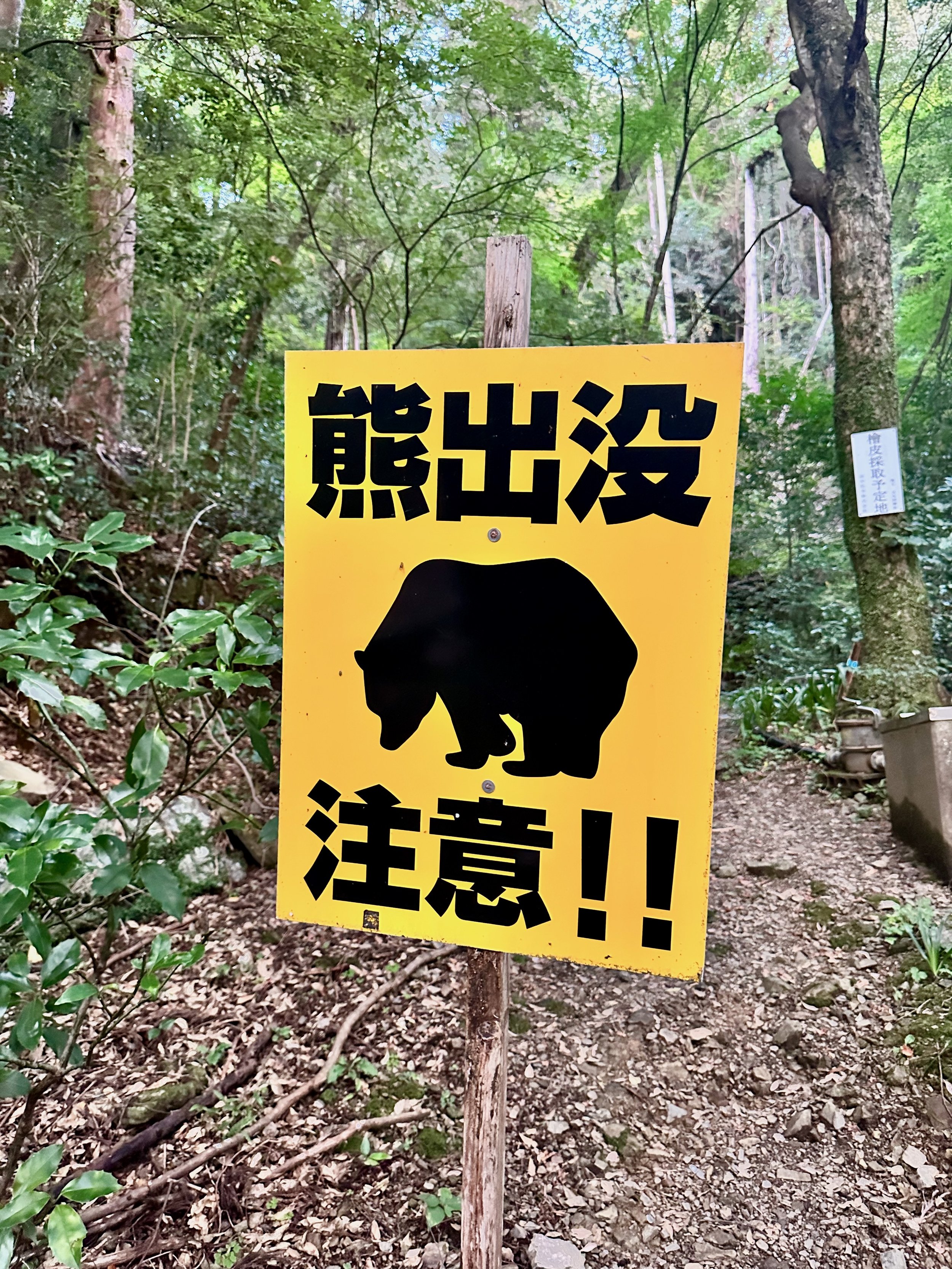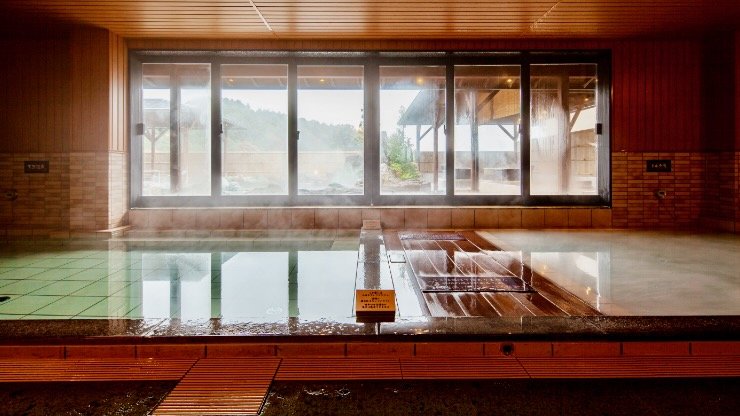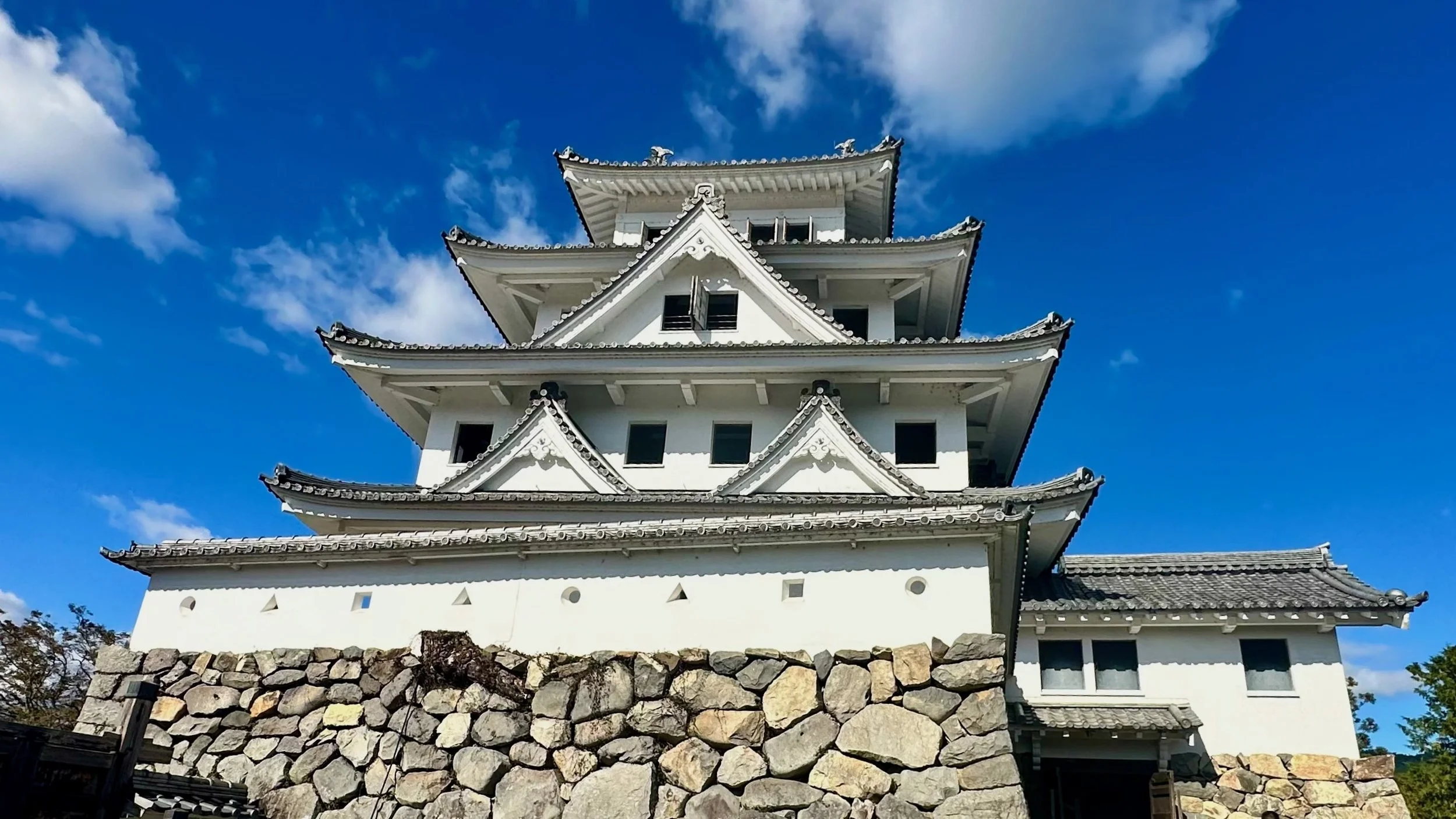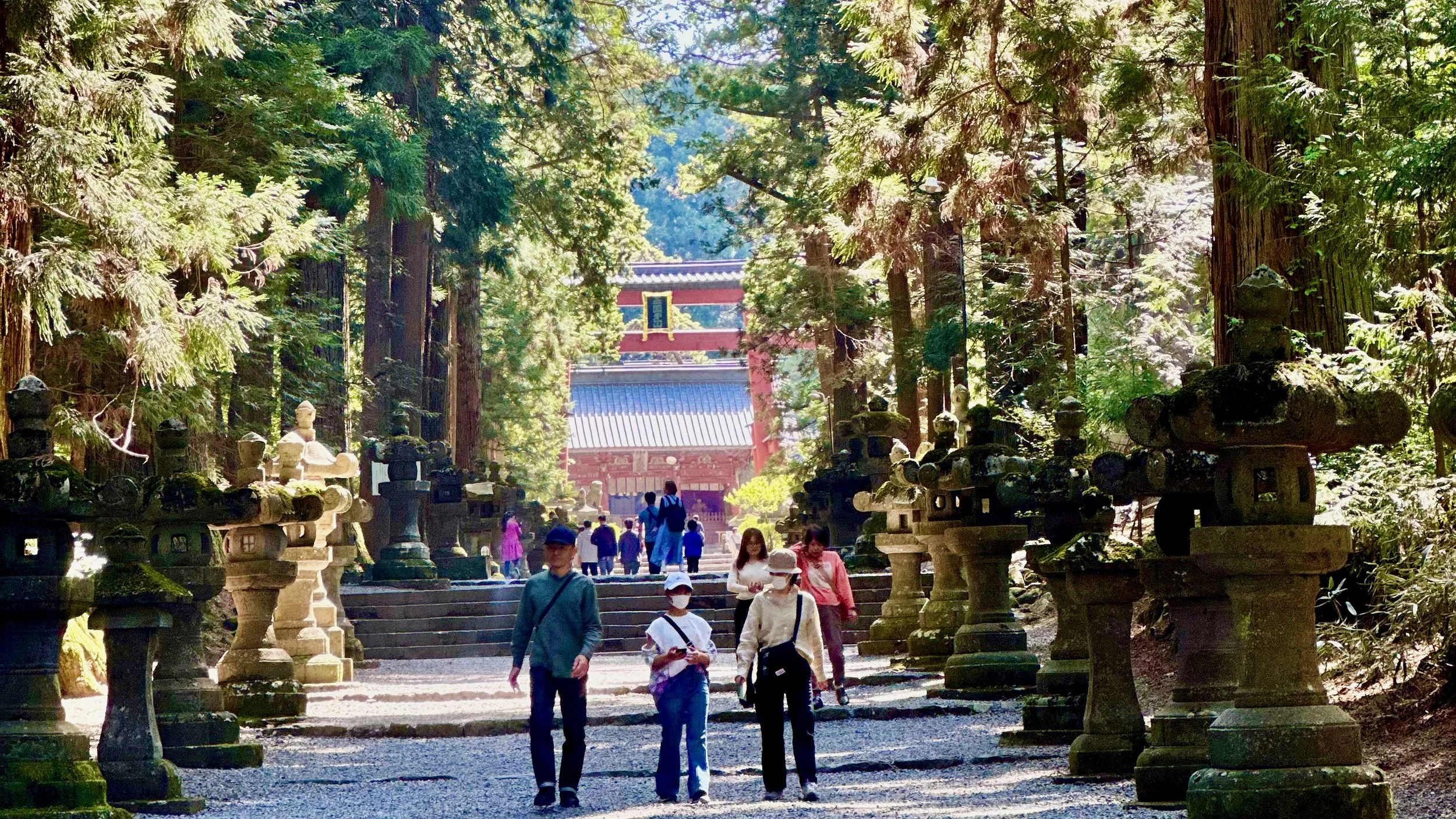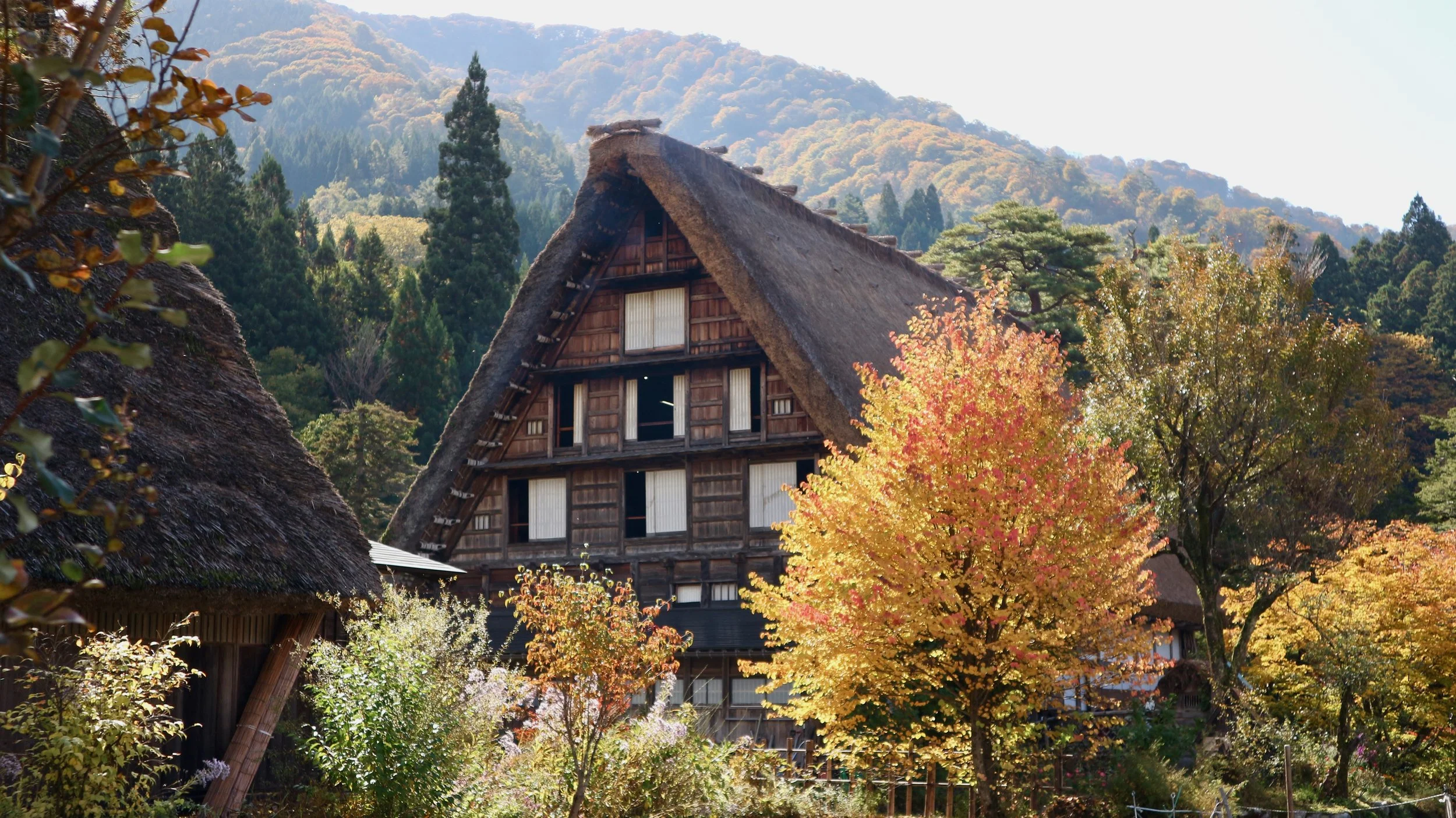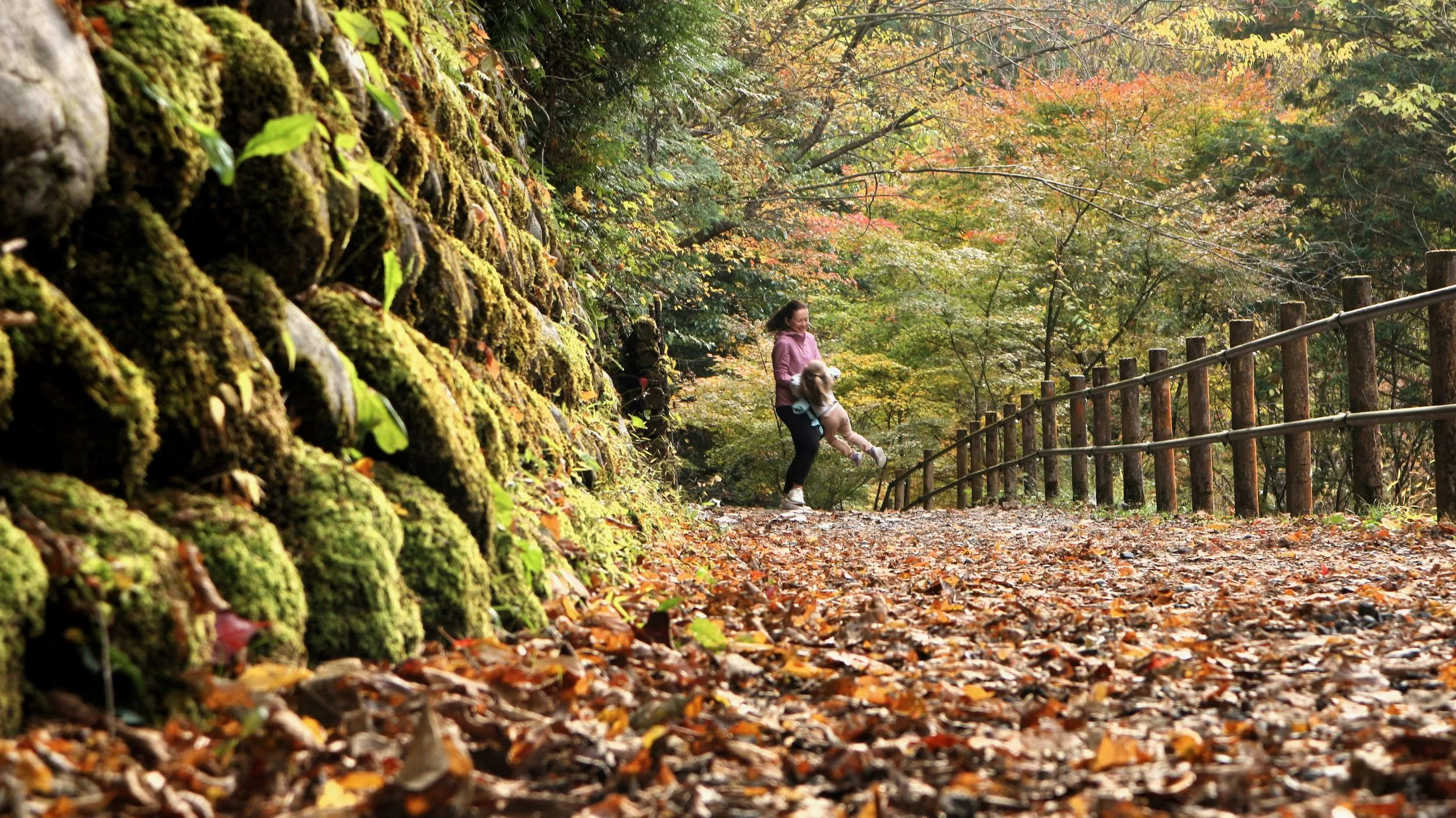Van Life Chronicles: Exploring Gifu in 7 Days「Day 1: Mino」
Setting a pact with ourselves, my husband, our dynamic 4-year-old daughter, and I embark into the adventure of van life twice a year, and explore a new region of this wonderful country that we now call home.
on the road again !
After our 5-day road trip to Mount Fuji in April 2023, we chose Gifu for our October escapade. Our plan was set from Saturday to Saturday, but we decided to kickstart our journey differently. We hit the road straight after work at 6PM on Friday. The distance from Tokyo to our destination was roughly 375 km. With a 5-hour drive ahead, Tokyo faded behind us as we drove for about an hour before a pit stop at a highway rest area for dinner. When nightfall arrived, we dressed our little one in PJ’s, hoping she'd drift off as we ventured toward Gifu for at least 4 more hours.
5-hour drive from tokyo to gifu
Around 1AM, with an hour's drive remaining, exhaustion overtook us. Opting to rest for the night, we parked at a rest area. It's a common custom in Japan not to turn off the engine while sleeping in the car. Surrounded by the hum of trucks, the noise was deafening, but fatigue propelled us into an instant slumber - my husband and daughter on the car mattress and me atop the pop-up roof.
Come 8AM, refreshed by our Improvised rest, we fueled ourselves with breakfast and a steaming cup of fresh coffee. Our first destination, merely an hour away, beckoned: Mino, the city of Washi and Udatsu.
On our first day, we've got three things lined up: a stroll through the streets to soak in the local vibe and maybe chat with some folks, our daughter's Washi paper activity and finally, to explore the 3000 maple tree valley and its old shrine that's been around for 2000 years. Exciting, right?
on the road for mino, city of washi
📍 Mino's Washi and Udatsu Wall Historical District
Mino is known for making special paper called Washi. The history of this Washi dates back over 1,300 years. The craft of papermaking has been practiced in Mino since the 8th century, making it a tradition deeply rooted in the region's history and heritage.
This paper is very tough and is made by hand from special trees: mulberries. When you visit Washi-no-Sato in Mino, you can learn how they make washi in their workshops.
In Mino, there are also old houses called Udatsu Houses. They are special because they have walls that can stop fires from spreading between houses. These houses are unique and show how people in the past built their homes to be safe from fires.
Udatsu Houses
The ancient streets there evoke the atmosphere of Japan's Edo period, allowing one to envision and experience that historical era.
📍 Ishikawa Mino Washi Paper Goods Workshop
Established in 1902, the Mino Washi Village focuses on “creating washi goods and accessories that cherish human connections, aspiring to create a more peaceful world”.
Ishikawa Mino Washi Paper Goods Workshop
They have a lovely shop showcasing their creations and a workshop at the back where you can create your own crafts to take home if you arrive before 3pm. The workshop offers more than 20 various handicrafts to choose from. Each item you decorate will become your unique, handmade creation! Workshops are available in English and Chinese, with staff available to assist.
dolls like Rabbit, Kitten, Owl, Samurai or Ninja, Pen Stand, Paper Dish, Bookmarker, Box Cartonage - Each craft session takes around 30 to 60 minutes, and can accommodate up to 45 people - the prices vary between ¥770 and ¥880 per item.
Our little one meticulously crafted her own eclectic creation for about an hour and proudly brought it home. Now, it stands in her bedroom, a cherished piece of her handiwork!
「Address: 1909-3 Motozumi-cho, Mino 501-3728」
📍 Oyada Shrine Maple Valley
As if we had stepped into a painting…
Exploring Oyada Maple Valley felt like entering a secret world.
We wandered around the quiet forest all by ourselves, not a soul in sight.
The trees were a magnificent display of colors, as if we had stepped into a painting.
The shrine, originally known as Gyuto Imperial Shrine, holds a history of over 2,000 years. Sadly, during the Warring States Period around 1556, the shrine was destroyed. The only structure that survived was the elaborate gate. However, the main shrine was reconstructed in 1672 and hasn’t moved since then.
To reach the shrine, we climbed about 200 stone steps. It was a bit tiring but also quite exciting. At the top of the valley stood the shrine, almost hidden away. The view from up there was breathtaking!
Oyada Shrine Maple Valley
Recently, the valley and its surrounding area, famous for its ancient beauty, were recognized and added to the UNESCO list. It's amazing to think about the long history and how it's now protected for future generations to enjoy. This place is truly a hidden gem!
Beware of bears !!
We discovered signs warning about bears, which made us a bit nervous, but thankfully, we didn't come across any.
The whole adventure felt like a magical journey into nature's wonderland.
📍 Mugegawa Onsen
We began our visit to Mugegawa Onsen by dining at the onsen's restaurant around 6PM. they have delicious options like ramen, somen, and a special menu for kids, all priced at about ¥1,000 per person. It was a strategic move, as we aimed to enjoy the onsen when it was less crowded — usually after 7PM when most people arrived at the restaurant. This worked like a charm, and when we headed to the onsen at 7PM, it was wonderfully peaceful and not crowded at all.
The onsen itself was a delight, nestled amidst the picturesque Gifu mountains, offering an incredible view. It's one of those places where the experience changes with every season — spring, summer, fall, and winter each have their unique charm.
The onsen boasts various facilities, including indoor and outdoor baths, a silk bath, a sleeping bath, foot baths (ashi-yu), pot baths, and even a sauna. Operating hours were from 9:00AM to 11:00PM, with the last entry at 10:30PM. The entrance fee was ¥700 on weekdays, ¥800 on Saturdays, Sundays, and holidays, while children's entry was ¥400. Children under 4 years old could enter for free.
It was the perfect way to conclude our first day of exploration.
「address: 1558-7 Mugegawacho Hachiman, Seki 501-2603」
Photo credit: Mugegawa Onsen
📍 Kanbora Hotarunosato Koen
After our time at the onsen, we headed to our overnight campsite. Having learned from our past road trip mishaps — relying on luck to find a suitable spot for the night is like searching for a needle in a haystack — we decided to plan ahead this time. We scouted for free parking or free campsites on Google Maps when we were preparing our road trip, and it turned out to be a game-changer, ensuring far more relaxing evenings.
The spot we found was Kanbora Hotarunosato Koen — a peaceful location in the middle of nowhere. it had clean toilets and an incredibly serene ambiance. We slept soundly, and when we woke up, we were greeted by an incredible view. Witnessing the sunrise was a magical moment..
But we'll save that story for the upcoming post!



